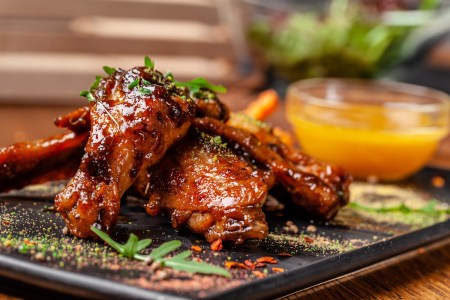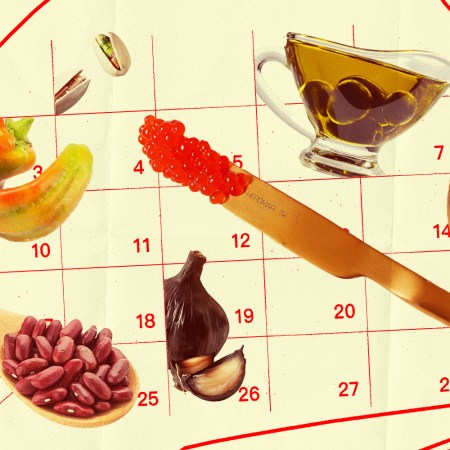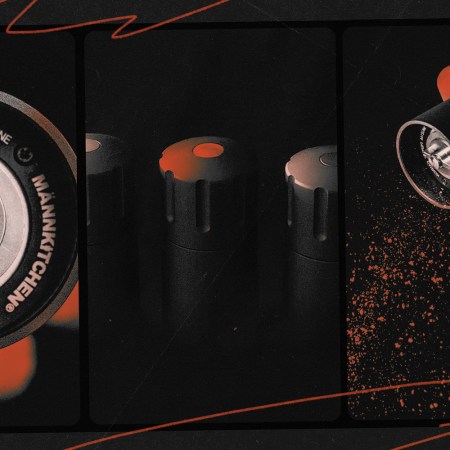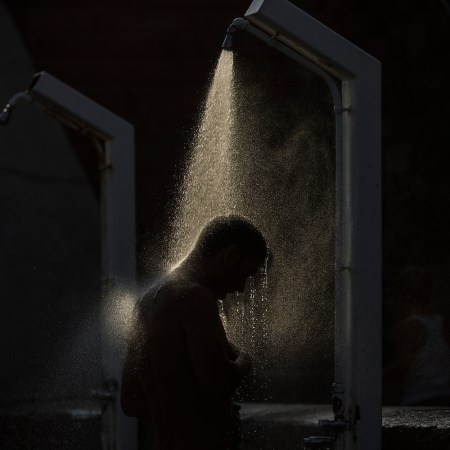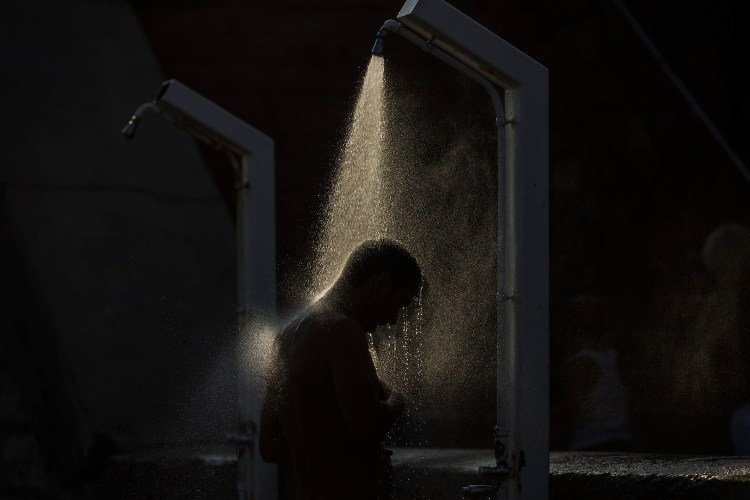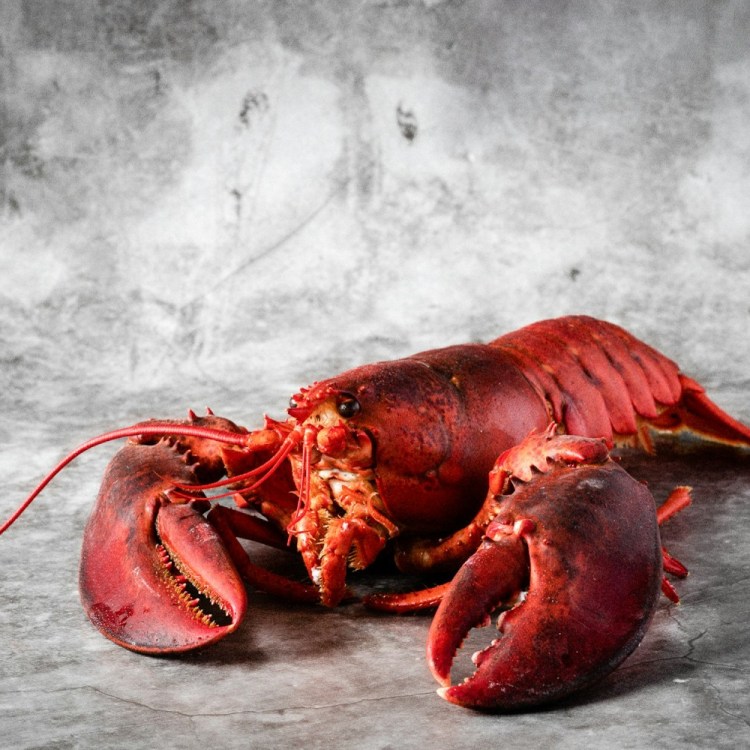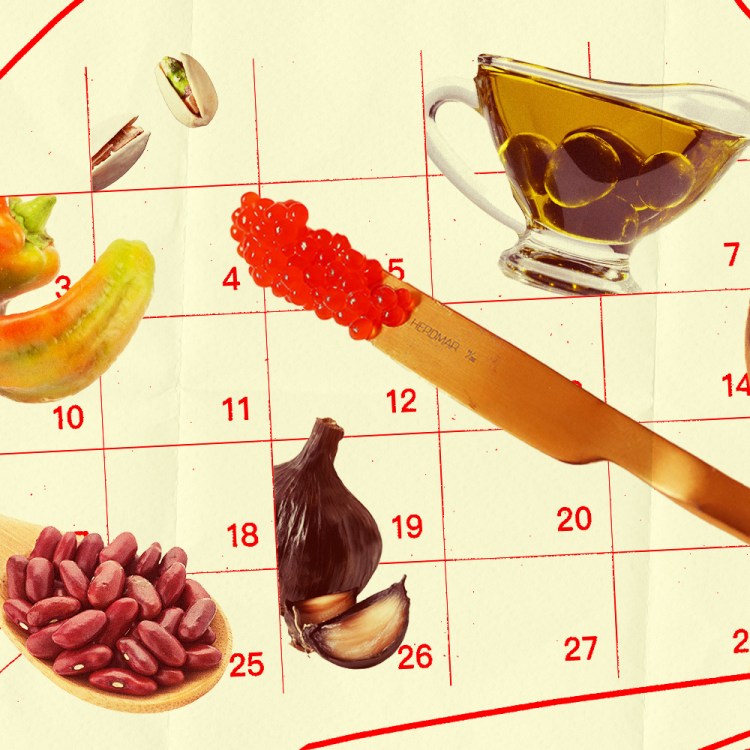Steak is the king of proteins, a culinary flex that, when done right, feels like a special occasion every time. But all too often, what should be a juicy, perfectly seared masterpiece ends up dry, bland or downright disappointing. Whether you’re charring on the grill or searing in a pan, a few common mistakes might be sabotaging your steak game. Luckily, these fixes are simple, and a little know-how goes a long way. Here’s how to avoid the pitfalls and start cooking steaks like a pro.
1. Using the Wrong Cut for the Job
The Mistake: Certain cuts are better for grilling, while others shine in a pan or the oven. Picking the wrong cut can leave you with a chewy, disappointing meal.
The Fix:
- Grilling: Go for cuts like ribeye, strip steak or a T-bone, which are best under the high heat of the grill. The higher fat content takes on the smoke well, and the meat develops a wonderful golden-brown crust.
- Pan Searing: Thinner cuts like flank or sirloin work well on the stove, as they thrive with more surface area (and the drippings make a wonderful pan sauce).
- Low and Slow: Reserve tougher cuts like chuck or brisket for braising or smoking, as the long cook helps break down connective tissues.
2. Not Seasoning Early Enough
The Mistake: A light sprinkle of salt just before cooking only flavors the surface and doesn’t allow salt to penetrate and enhance the meat.
The Fix: Season liberally with salt at least 30 minutes before cooking or even overnight in the fridge. This acts like a dry brine, drawing moisture to the surface, which then reabsorbs to make the steak juicier and moves the seasoning deeper into the meat.
3. Not Marinating Tougher Cuts of Steak
The Mistake: Lean, tougher cuts like flank steak, skirt steak and hanger steak have more muscle fibers and less fat, making them naturally chewy. Skipping the marinade means missing out on an opportunity to both tenderize these cuts and infuse them with flavor.
The Fix: Marinate these cuts for at least four to six hours using a mix of acid (like citrus or vinegar), oil and spices. The acid helps break down muscle fibers, making the steak more tender, while the oil helps flavors penetrate deeper. But be sure not to marinate for too long, as the acid can turn the meat mushy if left for more than 24 hours.
4. Cooking a Wet Steak
The Mistake: Moisture creates steam, which prevents the Maillard reaction, the chemical process that gives a steak its delicious golden-brown crust.
The Fix: Pat your steak dry with paper towels before salting and before cooking. This ensures a better sear, whether you’re grilling or using a skillet. Allowing the steak to rest on a rack after seasoning to allow air flow on all sides will further ensure a dry steak.
5 Ways to Use Whiskey in the Kitchen
This beloved brown spirit isn’t just for your home bar5. Crowding the Pan or Grill
The Mistake: When too many steaks share limited space, moisture gets trapped and turns to steam, preventing the Maillard reaction that gives steak its rich, caramelized crust. The result is gray, rubbery meat instead of a beautifully seared, flavorful bite.
The Fix: Give each steak room to breathe by cooking in batches if necessary. Leave at least an inch of space between each piece to allow moisture to escape and heat to circulate properly. Also, make sure your pan or grill is ripping hot before adding meat; the surface should be nearly smoking. For best results on a stovetop, use a heavy skillet like cast iron that retains heat well. If grilling, preheat for at least 15 minutes and keep the lid closed to maintain high heat. A properly heated cooking surface ensures your steaks develop a deep, savory crust without losing moisture.
6. Flipping Too Often (or Not Enough)
The Mistake: Too much flipping prevents a good crust from forming, while under flipping can lead to uneven cooking.
The Fix: The first few minutes of cooking, the steak should be left alone to ensure maximum crust formation. A good rule of thumb is to flip when the steak naturally releases from the grill or pan. During the last few minutes of cooking, however, feel free to flip a few times to ensure even doneness.
7. Guessing When Your Steak Is Done
The Mistake: The margin for error is small, and an overcooked steak is a tragedy. Using non-scientific methods (like poking with your hand) are too inaccurate.
The Fix: Invest in an instant-read digital meat thermometer. It takes the guesswork out of steak doneness by providing an accurate internal temperature in seconds. Insert the probe into the thickest part of the steak without touching bone or fat. For best results, pull your steak off the heat about five degrees before it reaches your target temperature, as it will continue to cook slightly while resting.
8. Skipping the Resting Period
The Mistake: Cutting into your steak immediately after cooking is one of the fastest ways to ruin a perfectly good piece of meat. Slicing it open too soon releases those hot juices all over the cutting board, leaving your steak dry and less flavorful.
The Fix: Let your steak rest for at least five or 10 minutes, which allows the muscle fibers to relax and reabsorb the juices. For thicker cuts like a ribeye or porterhouse, aim for a 10- to 15-minute rest. You can tent the steak loosely with foil to keep it warm, but avoid wrapping it tightly, as that can cause steaming and soften the crust you worked so hard to achieve.
9. Using the Wrong Fat in the Pan
The Mistake: Cooking with low smoke point oils can cause burning and bitterness, leaving your steak with a charred, acrid taste instead of a rich, savory crust. Burnt oil not only spoils the flavor but also makes it harder to control the sear.
The Fix: Use a high smoke point oil (like canola, vegetable or avocado oil) for searing, which allows you to get the pan hot enough to achieve a perfect crust without risking burnt flavors. Add butter toward the end of cooking, along with aromatics like garlic and thyme, to infuse the steak with flavor without burning. This way, you get the best of both worlds: a beautifully seared exterior and that unmistakable buttery finish.
10. Forgetting to Finish With Flavor
The Mistake: Serving a steak straight from the pan or grill might seem fine, but it means you’re missing out on a final layer of flavor that can transform a good steak into an unforgettable one. Skipping this step leaves the steak tasting flat and one-dimensional, especially if it’s a leaner cut.
The Fix: Finish your steak with a sprinkle of flaky salt to enhance its natural flavors, a squeeze of lemon juice to add brightness or a dash of chimichurri or compound butter for richness and complexity. Even a quick drizzle of balsamic reduction or a grind of fresh black pepper can elevate the flavor profile. These finishing touches balance the meat’s richness and add depth, ensuring every bite is packed with flavor.
Every Thursday, our resident experts see to it that you’re up to date on the latest from the world of drinks. Trend reports, bottle reviews, cocktail recipes and more. Sign up for THE SPILL now.

